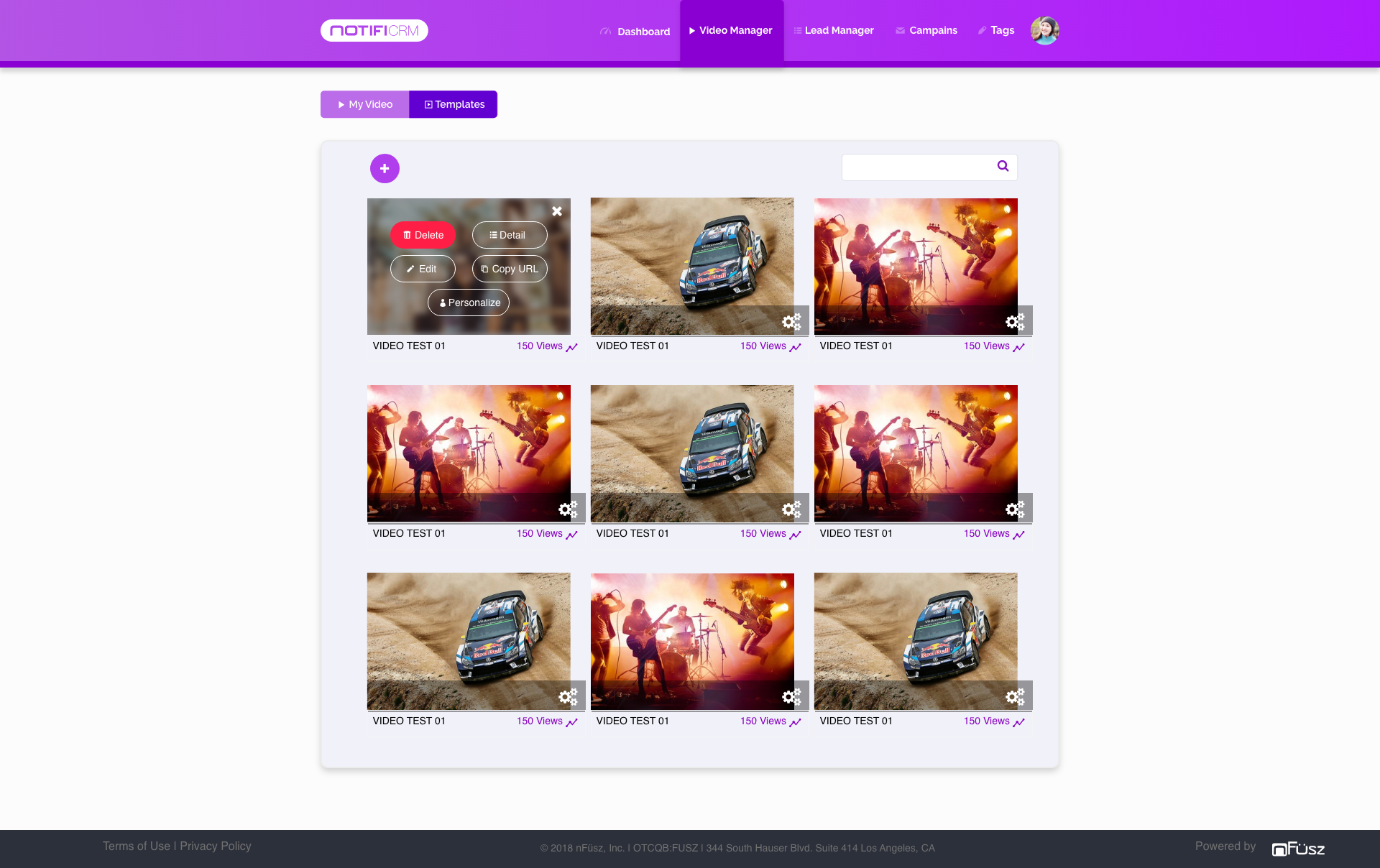
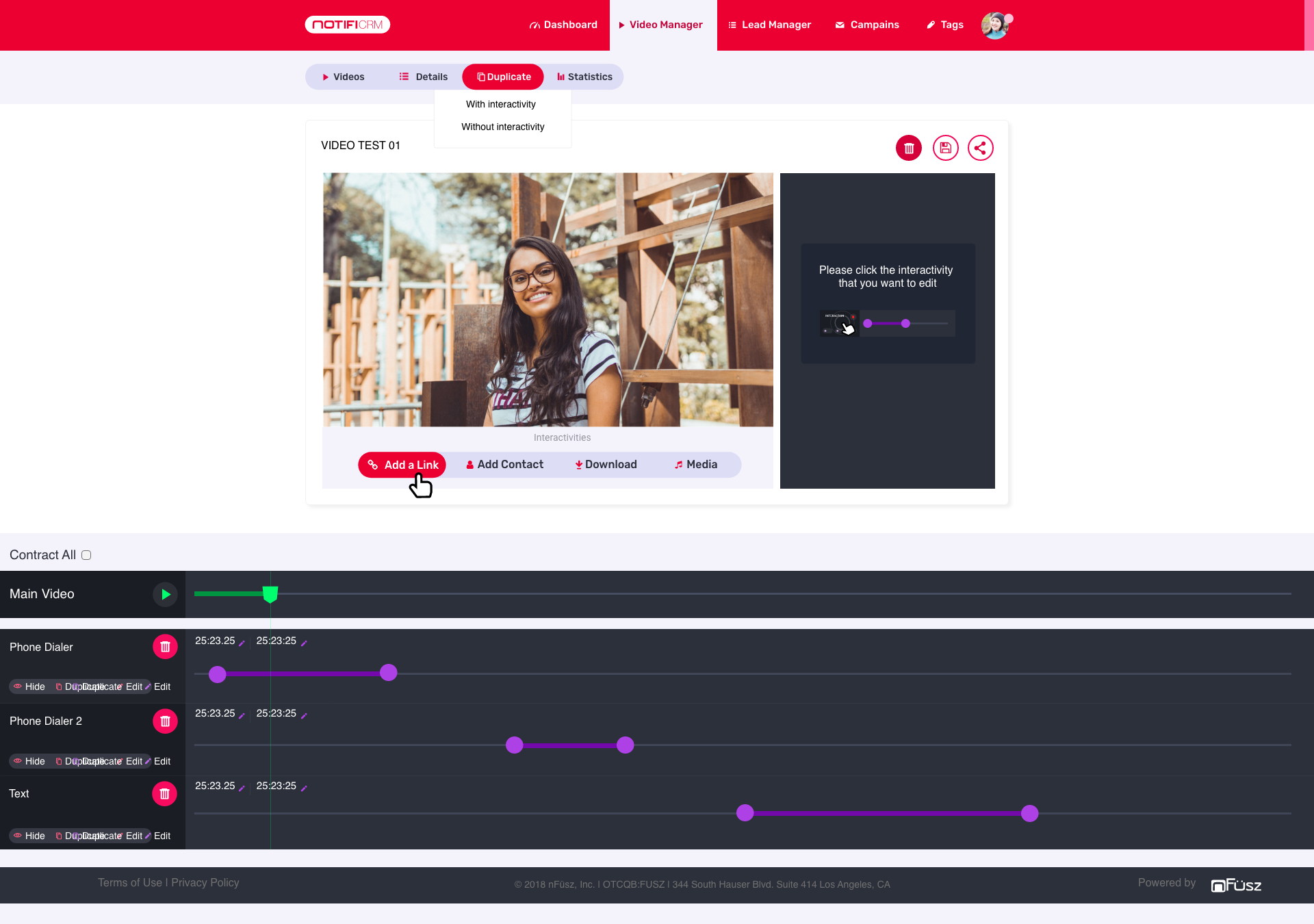
With this flow, we realized how there were limitations within the platform that caused us to have a bad user experience on mobile devices for example.



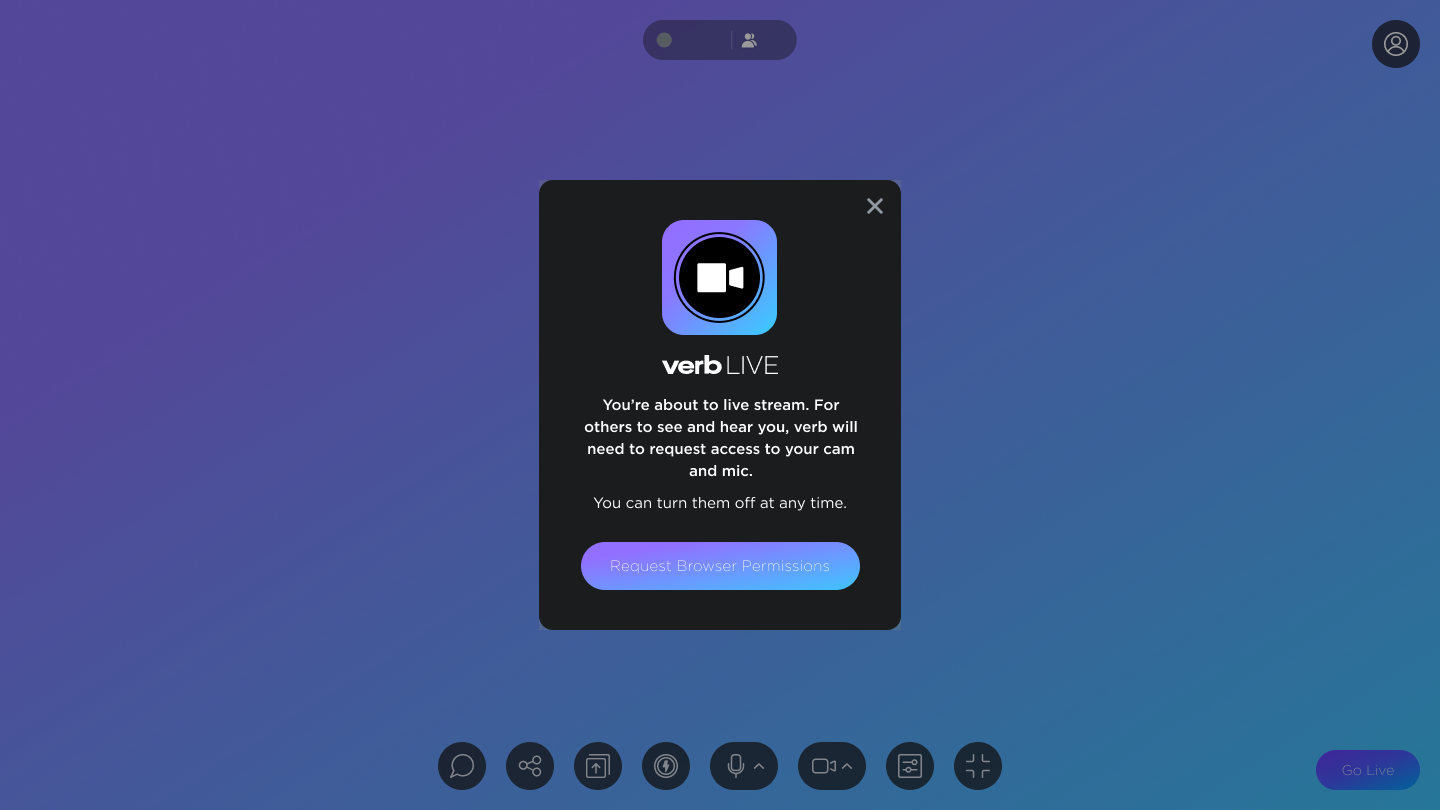

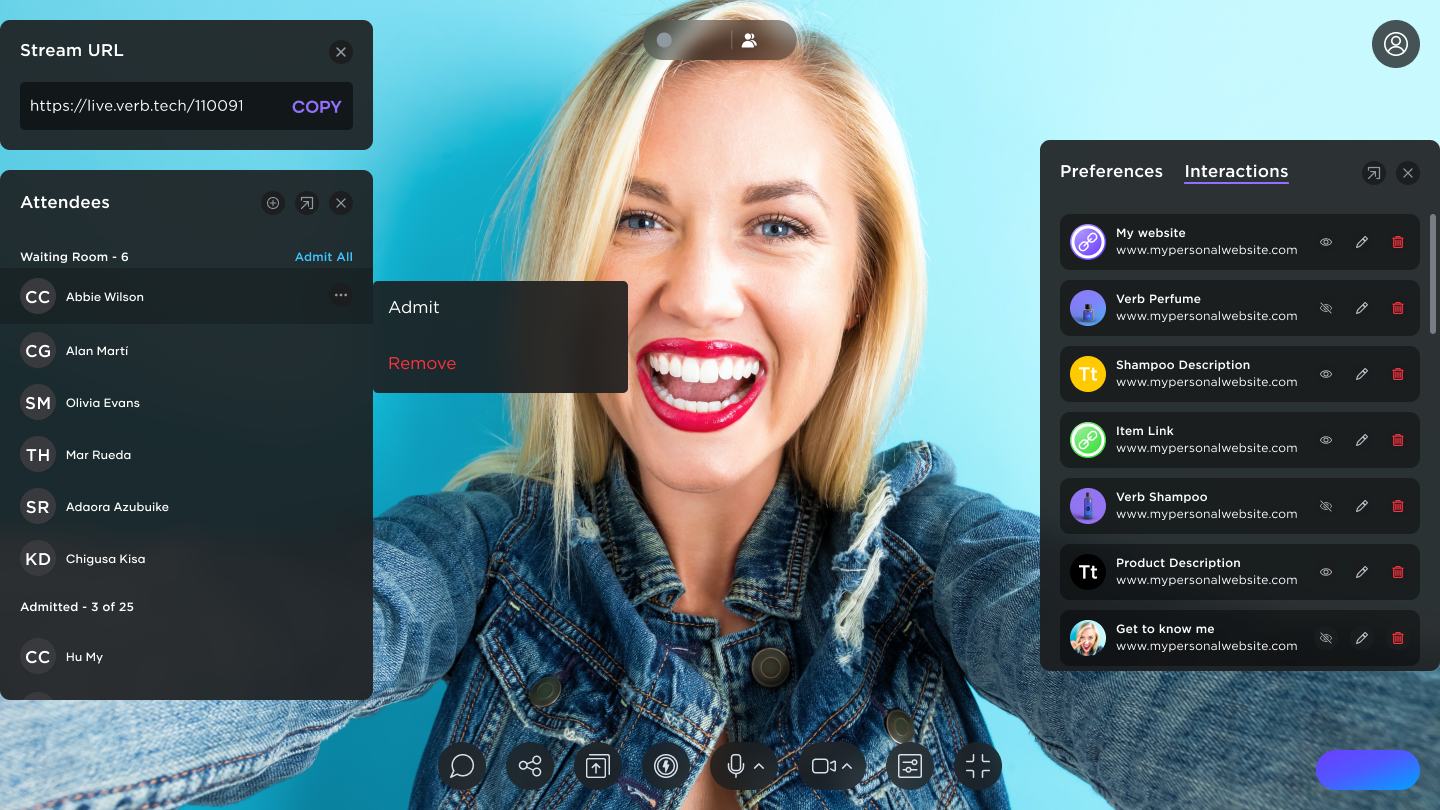
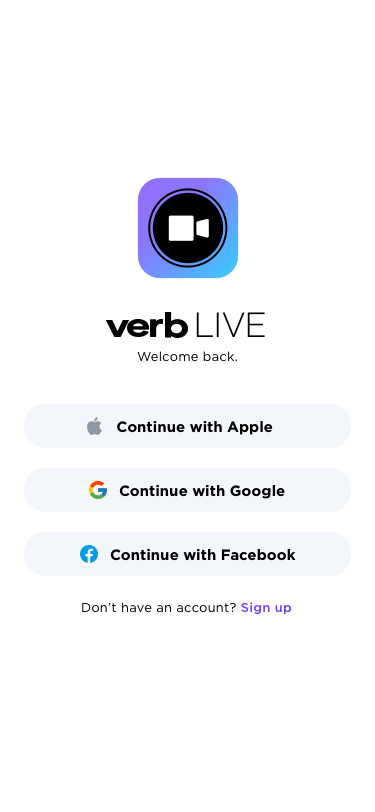
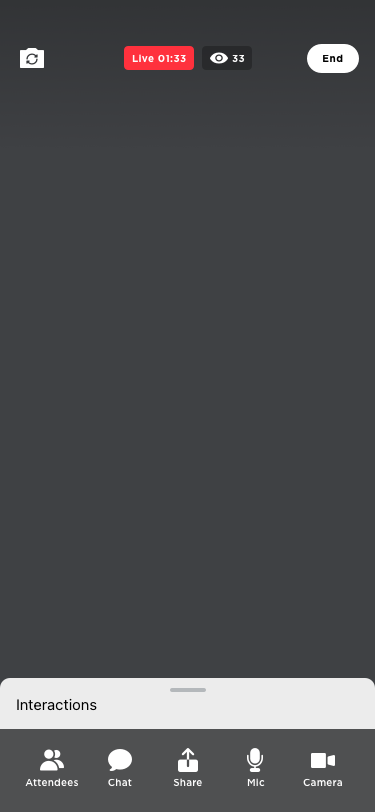
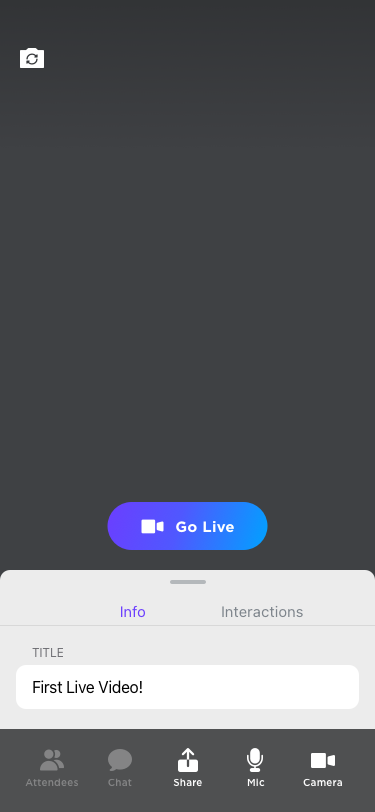
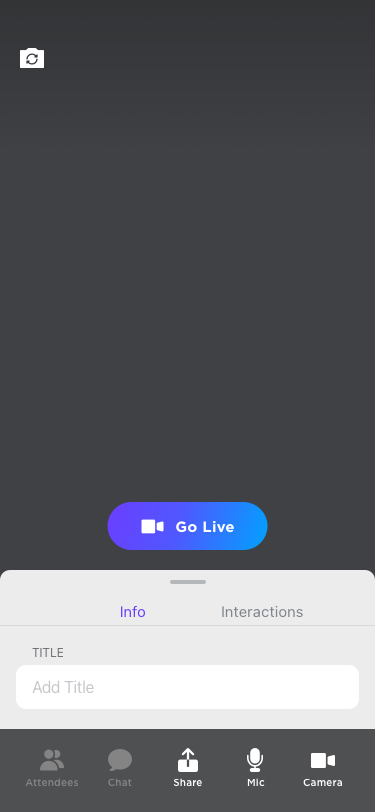
Verb LIVE CRM is an advanced customer relationship management (CRM) platform that aims to streamline and optimize sales, marketing, and customer service processes. This platform offers a centralized view of customer interactions, enabling companies to gain a better understanding of their customers and provide personalized experiences. The objective of this project is to design and develop a comprehensive and user-friendly experience for Verb LIVE CRM. This involves conducting user research, creating wireframes and prototypes, and performing user testing to validate design decisions. The ultimate goal is to create a functional and enjoyable CRM platform that empowers sales and customer service teams to deliver exceptional customer experiences.”











